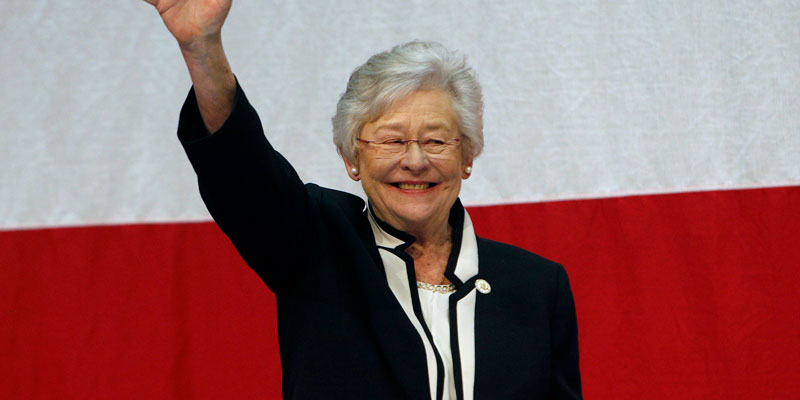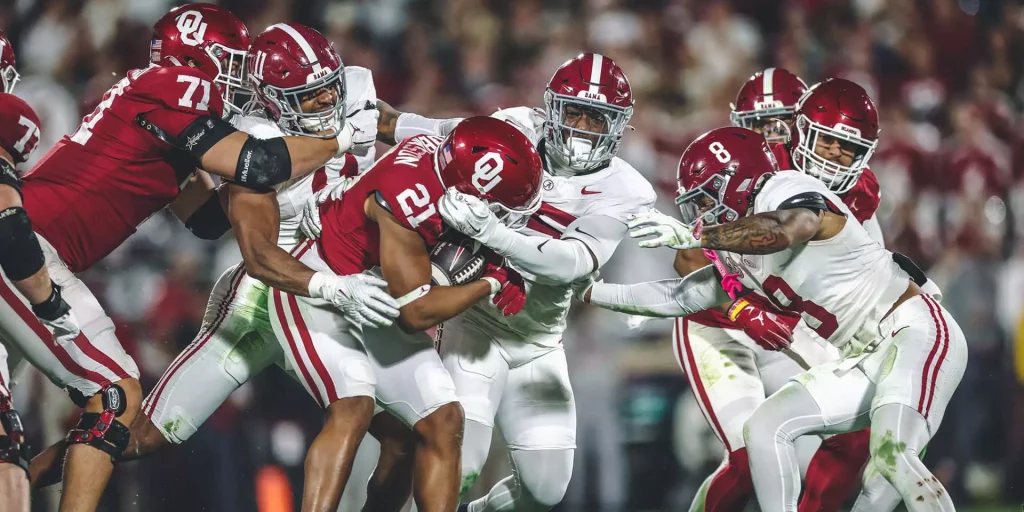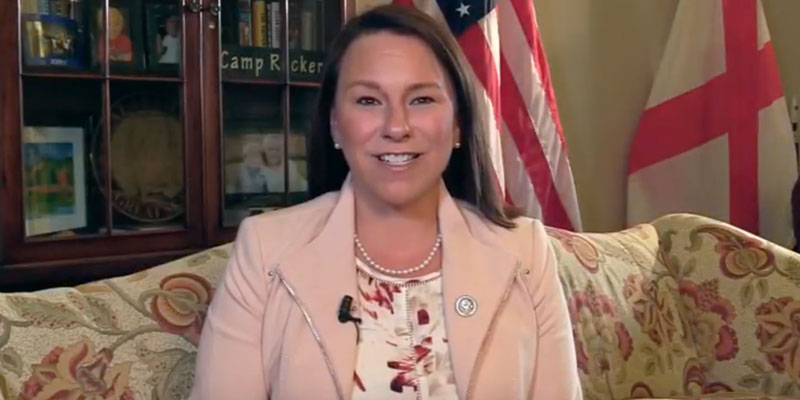After more than a year of continuous campaigning, TV ads and more signs than ALDOT has time to take down, Alabama finally let its voice be heard in yesterday’s primary elections. Here are five things we took away from the results.
Kay Ivey is a juggernaut in this state. Governor Ivey received 56 percent of the vote and avoided a runoff in a field of four. To put in perspective how resounding a victory she achieved, her opponents collectively outraised her by nearly $200,000 and still did not come close to holding her under 50 percent. Some will say that Governor Ivey benefitted from the inherent contrast to her troubled predecessor, Robert Bentley. To some extent, that may be true. However, if campaigns are supposed to provide voters with a window into how a prospective officer holder will govern, then Ivey showed she is a focused, confident leader. She never strayed from her message and, when confronted with controversy, she responded with a decisiveness and clarity that should be in campaign consulting textbooks.
If you like primary runoff elections, the next six weeks are for you. Primary election runoffs are akin to re-trying cases in court. They tend to be stale affairs because the candidates are mostly litigating the same issues all over again, after having done so the previous twelve months. The only people who like runoffs are the candidates who came in second because it means they are still alive in pursuit of their office. First place finishers dread the runoff, as do the donors who begin getting phone calls all over again. Perhaps voters dread runoffs more than anyone, as turnout tends to drop significantly when it is time to vote. Alabama has runoffs in some big races, including for Lieutenant Governor, Attorney General, Ag Commissioner, Supreme Court Place One and the seat in Congressional District Two. So the signs are not going away for at least six more weeks.
Republican dollars from D.C. are about to pour into the Second Congressional District. How a race this fascinating stayed so relatively quiet is a mystery. The runoff will feature incumbent Congressman Martha Roby versus former Congressman Bobby Bright. What makes this race so interesting is each candidate’s perceived vulnerabilities. Roby came out publicly against Donald Trump prior to the General Election in 2016. Bright previously served in this same seat … as a Democrat … who voted for Nancy Pelosi for Speaker. This race may defy the rule of runoffs stated above. Neither candidate has made any serious attempts to exploit the weakness of the other. In Roby’s case, she may have known she was headed to a runoff, regardless, and preferred Bright as her opponent. So it behooved her to hold her fire and not create an opportunity for another candidate with a cleaner record to fill the gap. In Bright’s case, how does he contrast Roby’s opposition to Trump with any credibility after having voted for Pelosi? As is the practice with congressional incumbents, Roby will receive a ton of help from her party’s apparatus in D.C. However, we suspect they will learn a lesson from the Strange-Moore primary and participate far more discreetly.
It is difficult to find a common theme from yesterday’s results. In 2010, 2014 and Trump’s election in 2016, voters sent a clear message that they had grown tired of business as usual in elected office. A promise to fight the establishment became the predominant campaign message during those election cycles. Yesterday’s results seem to indicate that the anti-establishment mood has faded. Up and down the ballot, a lot of incumbents won. Some lost. Kay Ivey has run for office every four years since 2002. Voters never blinked and delivered her an easy win in a crowded field. Some political observers theorized going into this primary that Trump’s election might have the effect of relieving voters of all their anxiety toward the establishment. That could be the case. It may be that as the year goes on we can look back and identify a common theme to all of the successful campaigns. But right now there does not seem to be one.
The Democrats held a primary and it turned out how they wanted it. Tuscaloosa Mayor Walt Maddox cruised to the Democratic nomination for governor by gaining 55 percent of the vote in a field of six candidates. It has been a few years since Alabama Democrats had a primary to which anyone paid attention. The fluke Doug Jones win has at least made people look up again. What is remarkable is their continued ability to somehow get the results to match those desired by a handful of people at the top of the party machine. Twelve to eighteen months ago, Sue Bell Cobb seemed as if she was the candidate perfectly suited for the Democrat nomination. However, once party leadership introduced Walt Maddox onto the statewide scene, the outcome became clear. It remains to be seen if any of this will matter in the end.
The Yellowhammer Multimedia Executive Board is comprised of the owners of the company.













